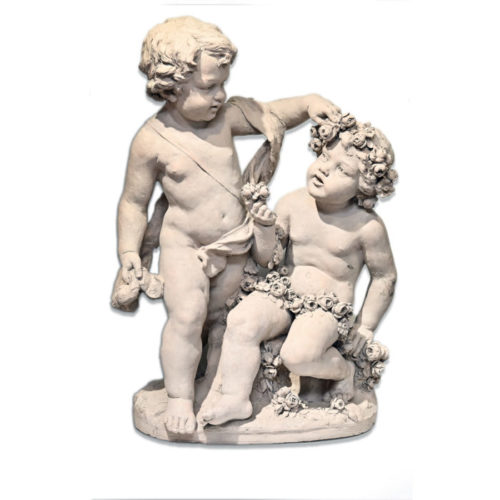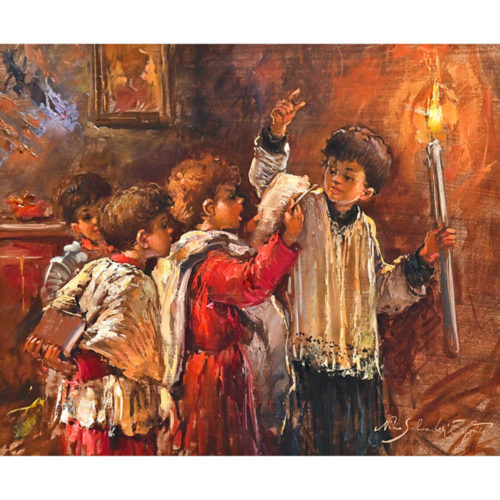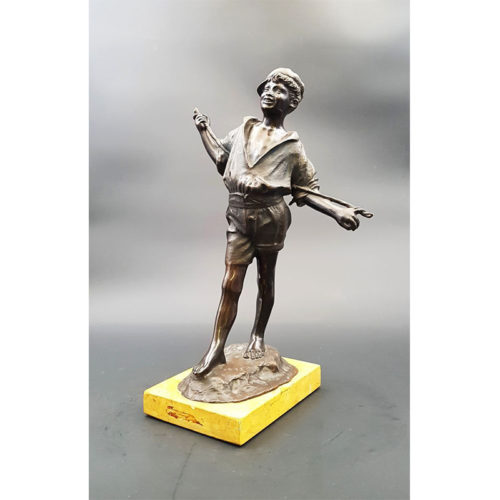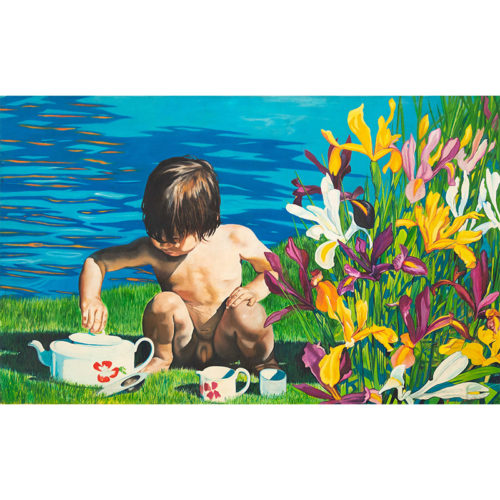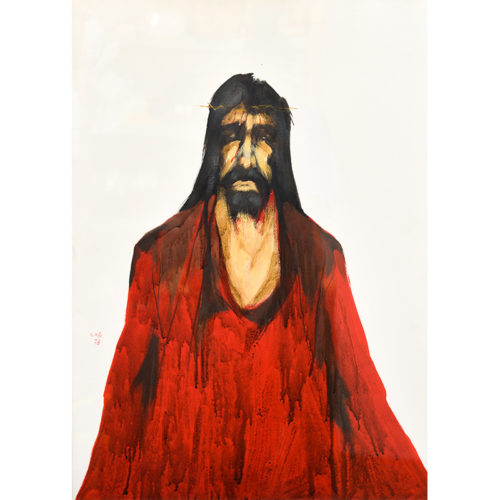-
Out of stock
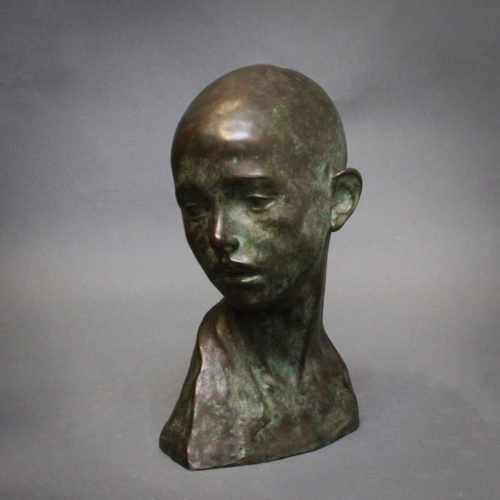 "Child", bronze by Claudio Botta, 1929, bears the signature of the famous Brescian sculptor. The sculpture is a detail of the Monument to Edmondo de Amicis - First prize at the National Competition of Oneglia (Imperia). The bronze is prensent in the Catalog "Claudio Botta, artista bresciano" at page 29, published in a special edition printed in 500 copies in 1959.
"Child", bronze by Claudio Botta, 1929, bears the signature of the famous Brescian sculptor. The sculpture is a detail of the Monument to Edmondo de Amicis - First prize at the National Competition of Oneglia (Imperia). The bronze is prensent in the Catalog "Claudio Botta, artista bresciano" at page 29, published in a special edition printed in 500 copies in 1959.
